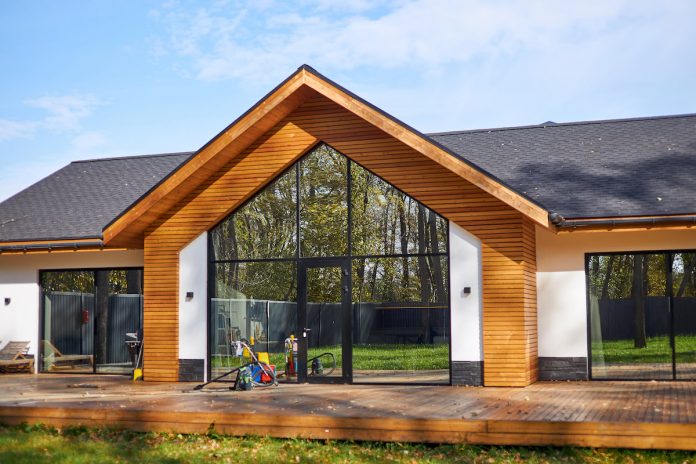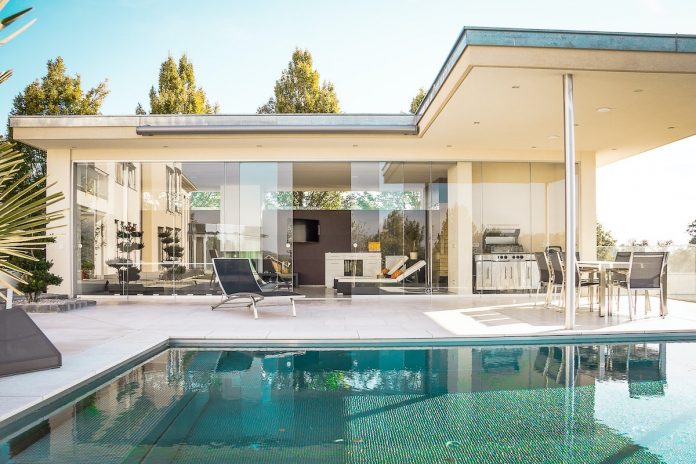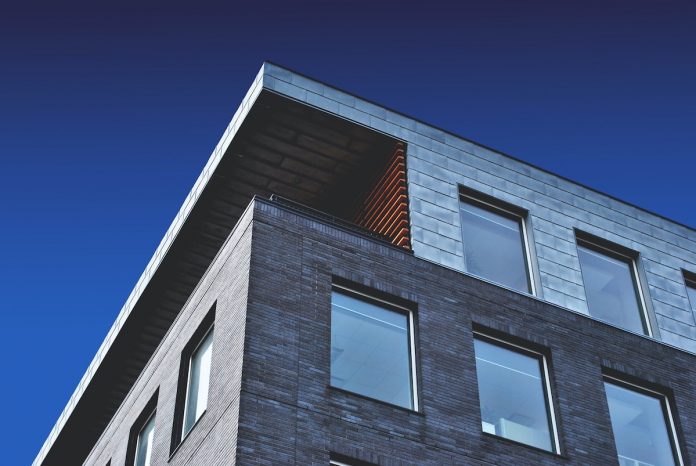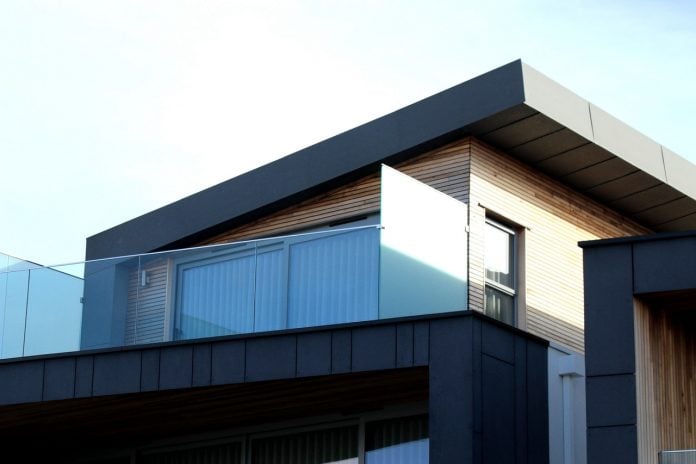Choose a CLT Construction if You Want a Healthier and Safer Home
Spending more time than ever before in our abodes during the COVID-19 pandemic posed the urgency and need to have high-quality homes that are also more accessible to people with different budgets. All this made it evident why you should choose a CLT construction if you want modular a healthy and affordable house.
Despite the advancements in technology and innovation that benefit every sphere of life, health problems are on the rise globally. In addition to frequent concerns like obesity, cancer, and diabetes, respiratory issues and autoimmune diseases are also a threat. And while environmental factors are to blame, few realize this includes our homes.
This may be because we perceive them as safe places, as opposed to the world outside. But, as shocking as it may sound, substandard housing with air and water leaks, toxins, and pesticides from the materials used in flooring, furnishing, or walls can expose you to dangerous chemicals, mould, mites, and a range of allergens you may not even be aware.
What Makes Modular Homes Healthy and Safe?
You may think they’re getting the hype over nothing, that they’re not that different from traditional stick-built abodes. Still, they differ in many aspects, not just the modules they’re comprised of or the fact they’re mostly built in factories in controlled conditions. Some advantages that make them infinitely better than their traditional counterparts include the following.
Choose a CLT Construction
Cross-Laminated Timber also known by the abbreviation CLT, it’s a material that’s an integral part of this concept because of its sustainability, renewability, reduced waste, and low embodied energy that together result in a considerably lighter carbon footprint. Moreover, its strength which equals it to that of concrete or even steel when used in alternating layers of CLT construction, and the fact that it’s natural, make it a great option for healthier homes.
A construction with CLT is also fire-resistant. As odd as that may seem, it withstands flames better than regular wood-frame homes – something that can help in bushfire-prone areas in Australia. This is because the particularly thick CLT panels have a more durable surface that, when exposed to flames, acts as a layer of insulation and protects the core from rising temperatures.
Additionally, it’s a better choice for earthquake-prone areas, especially when we compare it to traditional homes or those entirely made of concrete or steel. This enhanced seismic performance stems from the properties of durable CLT construction, such as strength, toughness, and low weight simultaneously.
The structure is significantly sturdier and easier to install than other materials due to the prefabrication process that tightly glues the layers of lumber together, forming rigid panels, pre-cut openings for support beams and doors, and fewer joints needed.
While we’re at beneficial properties, it’s also a thermal insulator and protects you from air leaks, cutting down the costs of additional heating and cooling. In terms of health, it’s a natural material, so it’s much healthier than synthetic materials and can bring the aesthetics of warmth and coziness known to improve people’s moods.
You can double the effects if you pair it with other wood elements like timber flooring. There’s yet another benefit from the health perspective as the CLT doesn’t emit harmful levels of VOCs if sustainably sourced and free of chemicals like formaldehyde. And this is critical for reducing indoor air pollution.
The Implementation of Passive House Design
Modular housing is all about passive design as it’s to do with creating an abode totally in tune with the surroundings. Such a solution eliminates, or up to a considerable degree, the need to rely on mechanical systems to do the active heating and cooling. In other words, it’s a low-energy practice that saves up to 90% of these costs typical for traditionally built homes.
If you think about it, unlike the mechanical alternative, it’s more reliable, especially when there are blackouts or natural disasters. A passive modular home doesn’t only consist of a sturdy base like a CLT building frame and other sustainable materials that are easily reused and recycled but are also primarily designed to be oriented optimally to make full use of the sun and wind power. This influences every feature, from the placement of the windows and doors to the location of off-grid systems like solar.
On the plus side, taking such a course of action makes it possible to use the breathtaking landscapes to your advantage. You can build strategically located balconies, terraces, and decks and immerse in nature, whether lush green mountains or sandy beaches and turquoise seas. Put all this together, and you get a home that makes you infinitely happier and healthier than regular home designs.
The Application of Airtightness
Temperature fluctuations at home aren’t only bad for people who deal with chronic health issues or those at risk of developing them but for any of us who care about indoor comfort. This is one nuisance the modular concept takes care of with air tightness. If you choose a CLT construction and passive design features, it improves the overall living conditions and the quality of life year-round.
How do you ask? With the help of ingenious high-performance elements like weather-resistant wall underlays that constantly maintain the internal climate and humidity, not allowing any considerable fluctuations that could affect health and well-being. This kind of solution can also be the fix you need in the most critical spots known for air leaks, such as around pipes, windows, and electrical openings.
Thanks to the use of a special plaster applied as a seal, it becomes almost impossible for air to leave or enter. To make the home even better for overall health and energy efficiency, modular designers often use this very solution along with other insulating features, like double-glazed windows, to further boost indoor air quality, and prevent leaks and moisture responsible for all sorts of infestations from causing problems.
High thermal performance can be implemented as a boost in heat retention too. Improved insulation is one of the obvious huge benefits, but certainly not the only one. Airtightness and use of all the aforementioned features make a modular home the home of the future. Be it the CLT construction details or the glazed windows, there’s undoubtedly going to be an improvement in your home’s sound-proofing qualities.
This is great news for all light sleepers who have trouble getting shut-eye because of noise and everyone who experiences some elevated stress due to external sounds. These are just some of the incredible ways modular concepts with advanced properties and solutions prove to be better. Get a house like this, and you can experience more of what it offers!
Thank you for reading Choose a Modular Home if You Want a Healthier and Safer Home









